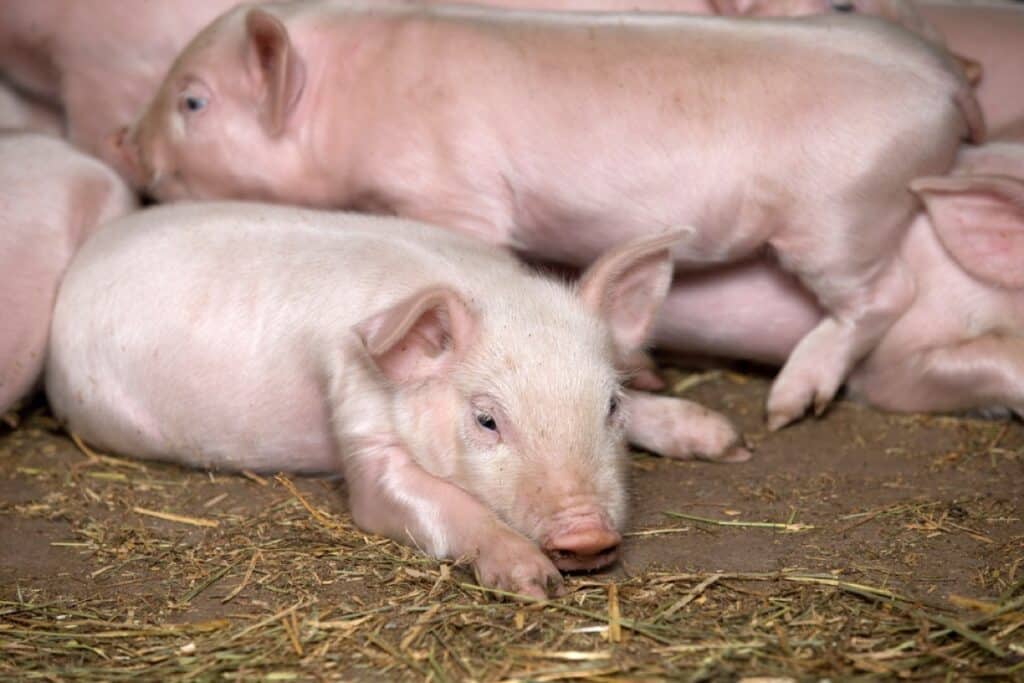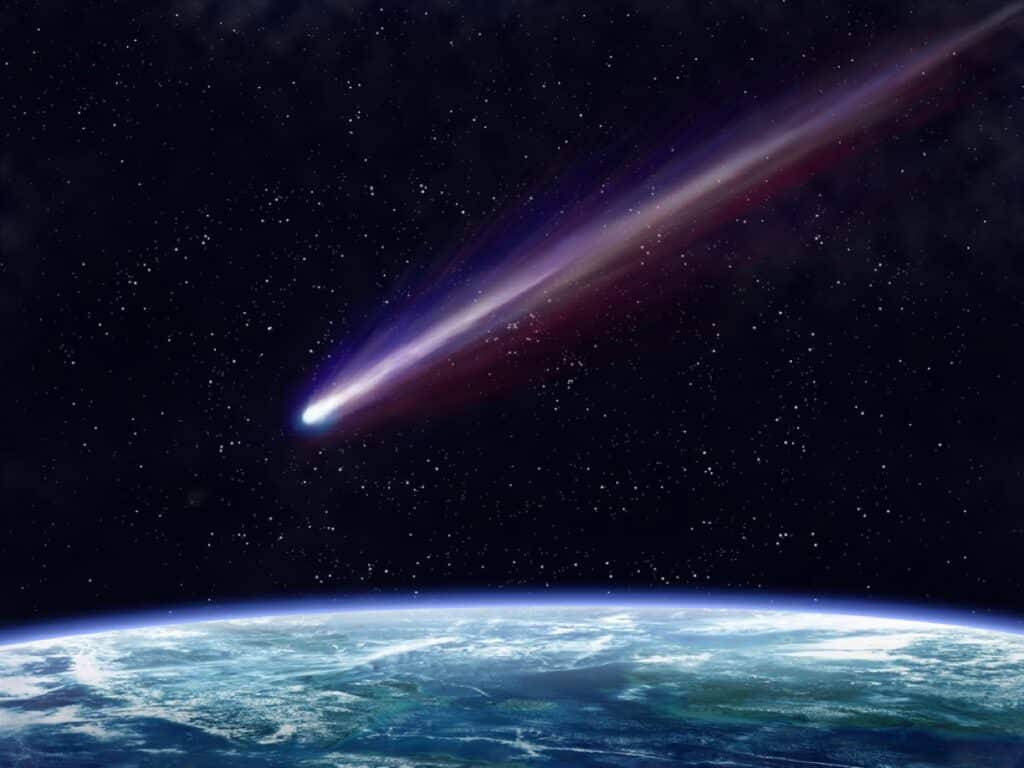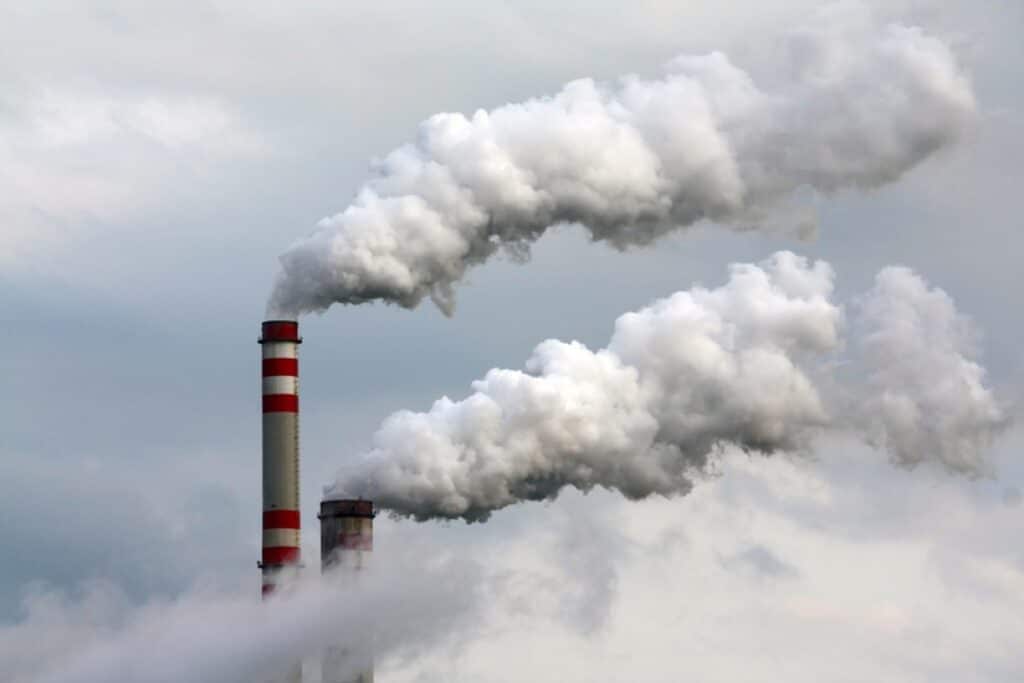In a world where information is at our fingertips, it’s easy to forget the near-disasters of the past that had us on the edge of our seats. Today’s Gen Z might be well-versed in the latest trends and technologies, but there are significant events from the past that may have slipped under their radar. These are the near-disasters that had the world in a grip of fear, yet, fortunately, didn’t cause the anticipated devastation. How many of these do you remember?
Y2K Bug

As we approached the year 2000, the world braced for a potential catastrophe known as the Y2K bug. This was a computer flaw that many feared would cause systems to fail when the calendar rolled over from 1999 to 2000. Thankfully, extensive testing and updates prevented any major issues.
Fun Fact: The Y2K bug led to a massive job boom in the IT sector as companies hired professionals to ensure their systems were Y2K compliant.
The Millennium Bug

Similar to the Y2K bug, the Millennium Bug was a problem for both digital (computer-related) and non-digital documentation and data storage situations which resulted from the practice of abbreviating a four-digit year to two digits. This made the year 2000 indistinguishable from 1900. The fear was that this could lead to software and hardware failures in computers and automated systems around the turn of the century.
Fun Fact: The British government spent over £400 million on a national awareness campaign to prepare for the potential impacts of the Millennium Bug.
The Cuban Missile Crisis

In 1962, the world stood on the brink of nuclear war during the Cuban Missile Crisis. The Soviet Union had placed nuclear missiles in Cuba, just 90 miles from U.S. shores. After 13 tense days, the Soviets agreed to remove the missiles, averting disaster.
Fun Fact: The Cuban Missile Crisis led to the establishment of the “Hotline”, a direct communication link between Washington and Moscow to prevent such crises in the future.
SARS Outbreak

In 2003, the Severe Acute Respiratory Syndrome (SARS) outbreak caused global panic. Originating in China, the virus spread to 26 countries and infected over 8,000 people. Swift international cooperation and quarantine measures helped contain the virus.
Fun Fact: The SARS outbreak was the first severe and readily transmissible new disease to emerge in the 21st century.
2008 Financial Crisis

The collapse of Lehman Brothers in 2008 triggered a global financial crisis. There were fears of a complete economic collapse. However, government interventions and monetary policies prevented a total disaster.
Fun Fact: The 2008 crisis led to the creation of the term “too big to fail” referring to corporations that are so large and interconnected that their failure would be disastrous to the economy.
Swine Flu Pandemic

In 2009, the H1N1 virus, also known as Swine Flu, caused a global pandemic. There were fears that it could be as deadly as the Spanish flu of 1918. Fortunately, the virus was not as lethal as initially feared.
Fun Fact: The 2009 Swine Flu pandemic was the second H1N1 pandemic, the first being the Spanish Flu in 1918.
Large Hadron Collider (LHC) Black Hole Fears

Before the LHC was switched on in 2008, there were fears that it could create a black hole that could swallow the Earth. These fears were unfounded, and the LHC has since made significant contributions to physics.
Fun Fact: The LHC is the world’s largest and highest-energy particle collider.
Ebola Outbreak

The 2014-2016 Ebola outbreak in West Africa was the largest in history. There were fears that it could become a global pandemic. However, international efforts helped contain the spread of the virus.
Fun Fact: The Ebola virus is named after the Ebola River in Congo, where the virus was first identified.
Fukushima Nuclear Disaster

After a massive earthquake and tsunami hit Japan in 2011, the Fukushima Daiichi Nuclear Power Plant suffered a meltdown. There were fears of a Chernobyl-like disaster, but containment efforts and evacuation measures prevented a larger catastrophe.
Fun Fact: The Fukushima disaster is the only other nuclear accident to be given the Level 7 event classification of the International Nuclear Event Scale, apart from the Chernobobyl.
The 2012 Phenomenon

The 2012 phenomenon was a range of eschatological beliefs that cataclysmic or transformative events would occur around 21 December 2012. This date was regarded as the end-date of a 5,126-year-long cycle in the Mesoamerican Long Count calendar, and festivities took place on 21 December 2012 to commemorate the event in the countries that were part of the Maya civilization (Mexico, Guatemala, Honduras, and El Salvador), with main events at Chichén Itzá in Mexico, and Tikal in Guatemala.
Fun Fact: The 2012 phenomenon left a significant impact on popular culture, spawning numerous apocalyptic and related films, books, and TV shows.
The Comet Elenin Scare

In 2010, Comet Elenin was discovered on its approach to the sun. Some predicted it would collide with Earth or cause catastrophic tidal effects due to its gravitational pull. However, the comet broke apart as it neared the sun and posed no threat to Earth.
Fun Fact: Despite its small size and eventual disintegration, Comet Elenin received widespread attention due to the internet’s ability to spread rumors and cause unnecessary panic.
The Acid Rain Scare

In the 1970s and 1980s, acid rain became a major concern. It was feared that acid rain, caused by industrial pollution, could lead to widespread forest death and damage to aquatic life. However, international efforts to reduce emissions of the responsible pollutants have significantly reduced the occurrence of acid rain.
Fun Fact: The term “acid rain” was coined in 1852 by Scottish chemist Robert Angus Smith during his investigation of rainwater chemistry near industrial cities in England and Scotland.
The Ozone Layer Depletion

In the late 20th century, scientists discovered a hole in the ozone layer over Antarctica. There were fears that this could lead to increases in skin cancers and cataracts due to increased UV radiation. The Montreal Protocol in 1987 led to a reduction in the production of ozone-depleting chemicals, and recent studies suggest the ozone layer is healing.
Fun Fact: The Montreal Protocol is considered one of the most successful environmental treaties to date. As of 2020, the ozone hole is the smallest it has been since its discovery.
The Bird Flu Scare

In 1997, the first instance of direct bird-to-human spread of the H5N1 avian influenza virus was reported in Hong Kong. There were fears of a potential flu pandemic. However, extensive culling of poultry in the region helped to contain the virus.
Fun Fact: The H5N1 virus can infect a variety of animals, including birds, pigs, seals, lions, and cats, but it is primarily found in birds, especially poultry.
The Mad Cow Disease Outbreak

In the 1980s and 1990s, an outbreak of BSE (Bovine Spongiform Encephalopathy), commonly known as Mad Cow Disease, caused a scare in the UK. The disease can spread to humans, leading to a fatal condition called vCJD (variant Creutzfeldt-Jakob Disease). Strict controls and surveillance measures have significantly reduced BSE.
Fun Fact: The largest BSE outbreak occurred in the United Kingdom, peaking in 1992 with almost 1,000 new cases per week.
15 Things That Were Expensive 20 Years Ago, but Are Now Cheap (Or Worthless)

Remember that top-of-the-line 3D television you paid a small fortune for in the 2000s? As technology continues its relentless march, what was once a luxury becomes today’s obsolete artifact. In the rapidly evolving tech landscape, yesterday’s premium devices often find themselves in today’s bargain bin. Here are a few of those painfully expensive, now woefully worthless reminders.
15 Things That Were Expensive 20 Years Ago, but Are Now Cheap (Or Worthless)
It’s Tradition, We Promise: Strangest Customs on Earth You Can Participate In

Why settle for ordinary tourist traps when you can spice up your travel experiences with a dash of the peculiar? We’re going off the beaten track and straight into the realm of the wonderfully weird. This isn’t your typical things-to-do article, but a whirlwind exploration of the quirkiest traditions from every corner of the globe!
It’s Tradition, We Promise: Strangest Customs on Earth You Can Participate In
Could You Have Done What Lewis and Clark Did? Probably Not and Here’s Why

Lots of people are into hiking, although very few have the stamina to do what Lewis and Clark did. Can you even imagine making an 8,000-mile cross-country trek into unchartered territory? Take a minute to explore these 12 riveting realities of the Lewis and Clark expedition that will leave you questioning your own survival skills.
Could You Have Done What Lewis and Clark Did? Probably Not and Here’s Why
This article was produced by Our Woven Journey. Featured Image Credit: Deposit Photos.
Karee Blunt is a nationally syndicated travel journalist, focused on discovering destinations and experiences that captivate and inspire others through her writing. She is also the founder of Our Woven Journey, a travel site focused on inspiring others to create memory-making adventures with their loved ones. Karee is passionate about encouraging others to step out of their comfort zone and live the life they dream of. She is the mother of six kids, including four through adoption, and lives with her family in the Pacific Northwest. You can learn more about Karee on her about me page.
